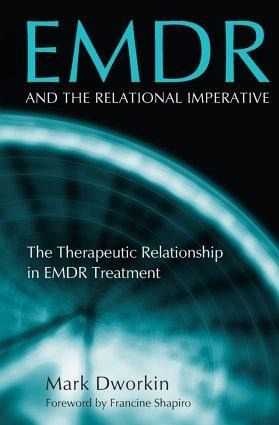
EMDR and the Relational Imperative
The Therapeutic Relationship in EMDR Treatment
Versandkostenfrei!
Versandfertig in 1-2 Wochen
68,99 €
inkl. MwSt.
Weitere Ausgaben:

PAYBACK Punkte
34 °P sammeln!
In this groundbreaking work, Mark Dworkin, an EMDR teacher, facilitator, and long-time practitioner, explores the subtle nuances of the therapeutic relationship and the vital role it plays in using Eye Movement Desensitization and Reprocessing (EMDR) with taumatized clients.














